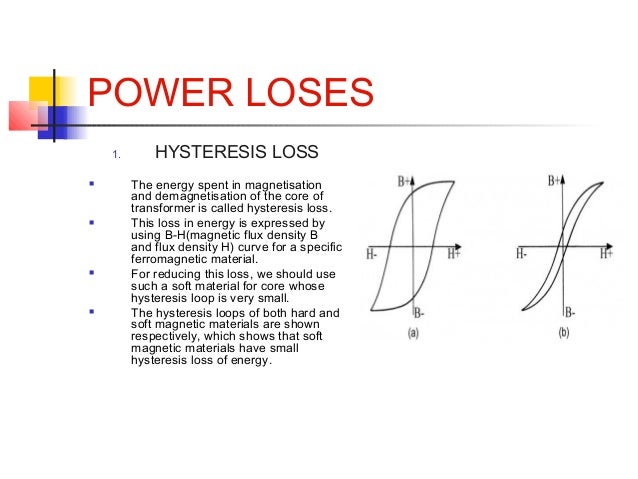When asking this, my blurry photographic memory thought it had read something about impedance improvement. Here's an example I just found:
http://www.toruspower.com/plain-white-papers/understanding-the-torus-power-isolation-transformer/
"Torus Power units provide astounding dynamic capability to systems by delivering high instantaneous current on demand. Torus Power units present very low impedance to connected electronics. A 20A Torus Power isolation transformer has an output impedance of 0.2 ohms and can deliver 400 amp peak instantaneous current. The Torus Power transformer acts as an energy reservoir when dynamic power is required."
I had to think about this one a little, since, I would think that the field collapses and is reestablished with the opposite polarity with the 60Hz input.
What I now think (thank you) is some field is built on the first half-cycle with lots of input current, and it collapses, but the collapse aids the next half-cycle building a bigger field, which collapses and aids the next half-cycle building a still bigger field, until, eventually, at the end of inrush, the applied voltage is being applied to a field that is building itself, and current flow drops to near zero, until some load is applied to the secondary, then the field has lost some energy to the load, and there's some "room" for some input current to replenish it on each half-cycle.
Or
something like that.
Measuring with the scope, I don't see any nasties other than the usual mis-shaped pseudo-sine at 60Hz and 170Vpk (or thereabouts). The output of the txfr may have a slightly improved misshapen waveform, though I haven't put both on-screen at the same time. I guess I'll do that next.
That's a possibility, though I do think it reduced to the point of elimination mechanical transfomer hum. I haven't had a chance to try it with a guitar amp or other susceptible-to-humming device, except a single instance of an old 3-way electronic crossover that hummed madly plugged into the wall and went silent (except for its old op-amp hiss) when plugged into the iso-txfr.
---
Anyway, I bought it used five years ago, and it seems to be holding its resale value well enough, and it has a nice old-school red voltage display to look at - in and out or off are the choices - with GFCI on the outlets. The output adds a volt or two to the input, so there is a slight step-up or measurement anomaly or something there to think about.
It really
ties the rack together - it sits on a pair of bricks, and the premp is on top of that, and fortuitously the top of the preamp is level with the top of the amps, so the bottom layer of the rack is nice and studly.

